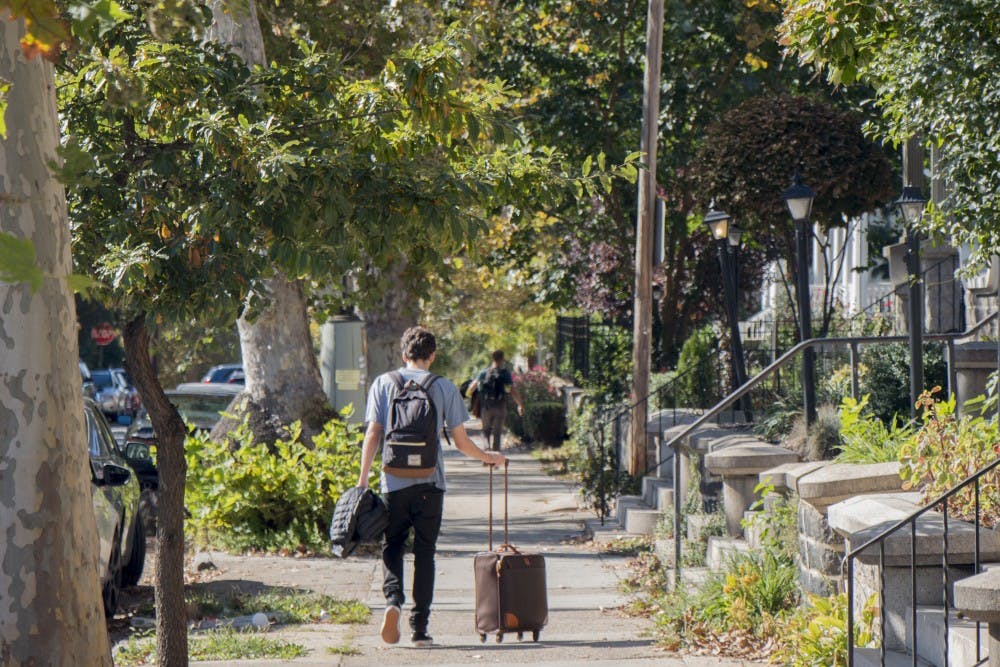Despite efforts to make leave of absence policies consistent across all four undergraduate schools, differences persist on the websites of the four schools, particularly in each school’s discussion of how long a typical leave should be.
According to the report of the Task Force on Student Psychological Health and Welfare released on Feb. 17, students felt that inconsistencies among the leave of absence policies of the four undergraduate schools led to confusion. The report found that while the underlying policies of the schools were the same, they were explained differently on the schools’ websites.
As of Oct. 14, the College of Arts and Sciences, the School of Engineering and Applied Science and the School of Nursing say that “students typically take a leave for a full academic year.” The Wharton School’s website, however, states that “most students who take a leave do so for one or two semesters.” Most of the other language on the websites remains consistent among the four schools.
Although each school determines its own policy, Counseling and Psychological Services Director Bill Alexander explained that, “for practical, functional purposes, they’re all the same.”
However, a source from the Provost’s office explained that Wharton students are more likely to take a semester off rather than a full year, because they often leave school to do short-term work on startups or political campaigns. They also may be more inclined to take a semester-long leave in order to avoid missing on-campus recruiting.
Alexander emphasized that in the case of a mental health issue, taking a year-long leave is often the best way to recover — and that the schools’ policies reflect that.
“Many of them [the schools] believe that a one-year leave of absence is really the most beneficial to students,” Alexander said. “So they adopted the language.”
Aside from the differences among the schools’ websites in discussing typical lengths of leaves of absence, the Engineering School is the only school to list a maximum length of a leave — four semesters.
The reason for this, said the Provost office source, is that the field of engineering transforms rapidly, and it is necessary for students to keep up with the most current knowledge by completing all of their studies within a certain amount of time.
Other aspects of the policies, such as the process of requesting a leave and returning from a leave, are explained similarly across all four schools.
For dual-degree students who want to take a leave of absence, the differences in the websites’ explanations could lead to confusion. However, the Provost office source maintained that academic advisors for dual-degree students help to streamline the process.
“That [academic advising] is the main reason why I cruised through it,” Wharton and Engineering senior Arjun Raj Jain said. Jain took a year-long leave of absence after his sophomore year to work on a startup. He said this leave of absence allowed him to learn more about the industry and learn how to work independently. “It was honestly the best choice I’ve ever made in my life,” he said.
He acknowledged that students who are not in dual-degree programs may suffer from administrative issues when they take leaves of absence. “I’m one of the few who had it easy,” he said.









